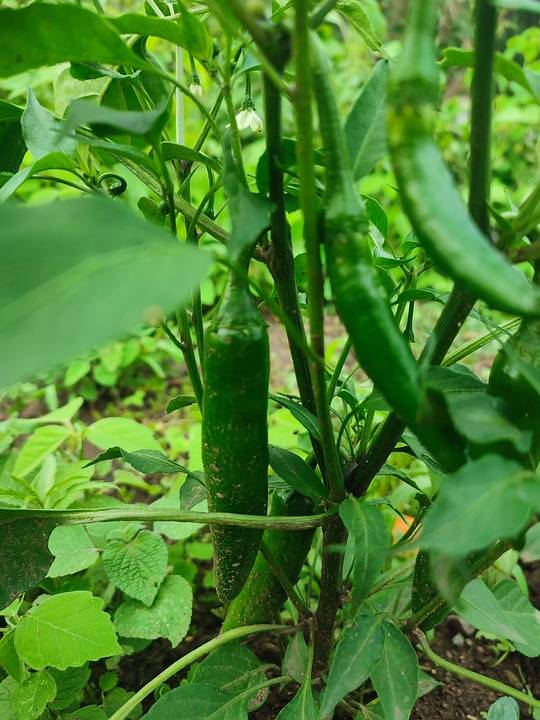The Impact of Currency Fluctuations on Chili Trade & Pricing
Chili trade is a significant aspect of the global food industry, with countries around the world producing and exporting this popular spice. However, like any other commodity, the trade and pricing of chilies are subject to the impact of currency fluctuations. In this report, we will explore how changes in currency values can affect chili trade and pricing, and what strategies businesses can employ to mitigate these risks.
Overview of Chili Trade
Chili production is widespread, with major producers including countries like India, China, Mexico, and Thailand. These countries export chilies to markets around the world, meeting the demand for this versatile spice in various cuisines. The global chili trade involves both fresh and dried chilies, as well as processed chili products like chili powder and chili sauce.
Impact of Currency Fluctuations on Chili Trade
Currency fluctuations can have a significant impact on the cost of importing and exporting chilies. When a country’s currency strengthens against the currency of its trading partners, it becomes more expensive for foreign buyers to purchase chilies from that country. This can lead to a decrease in demand for chilies from that country, affecting both export volumes and prices.
Conversely, when a country’s currency weakens, it becomes cheaper for foreign buyers to purchase chilies from that country. This can increase demand for chilies from that country, leading to higher export volumes and prices. However, this can also lead to inflation in the domestic market, as exporters may choose to sell more of their produce abroad to take advantage of favorable exchange rates.
Case Study: Impact of Currency Fluctuations on Indian Chili Trade
India is one of the largest producers and exporters of chilies in the world. In recent years, the Indian rupee has experienced fluctuations against major currencies like the US dollar and the Euro. When the rupee strengthens, Indian chilies become more expensive for foreign buyers, leading to a decrease in export volumes.
Conversely, when the rupee weakens, Indian chilies become cheaper for foreign buyers, leading to an increase in export volumes. However, this can also lead to higher domestic prices, as exporters prioritize foreign sales to take advantage of favorable exchange rates.
Strategies to Mitigate Risks
Businesses involved in the chili trade can employ various strategies to mitigate the risks associated with currency fluctuations. One common strategy is to enter into hedging contracts, where businesses lock in exchange rates for future transactions. This helps protect businesses from sudden changes in currency values and allows them to plan their pricing and production more effectively.
Another strategy is to diversify markets and currencies, so that businesses are not overly reliant on one particular market or currency. By spreading risk across multiple markets and currencies, businesses can reduce their exposure to fluctuations in any single currency.
Conclusion
Currency fluctuations can have a significant impact on the chili trade, affecting both export volumes and prices. Businesses involved in the chili trade need to be aware of the risks associated with currency fluctuations and employ strategies to mitigate these risks. By hedging against currency risks and diversifying markets and currencies, businesses can protect themselves from the impact of volatile exchange rates and maintain a stable and profitable chili trade.




